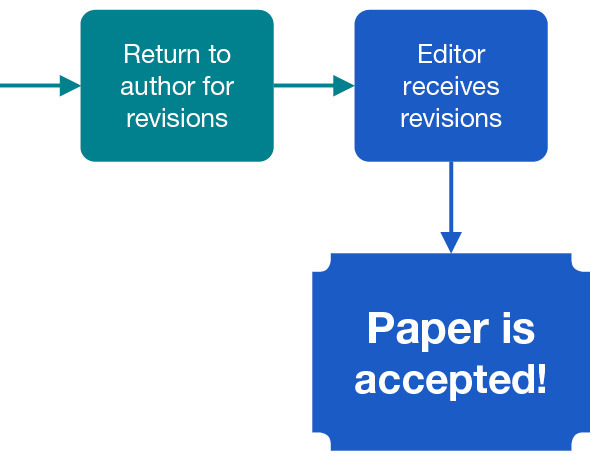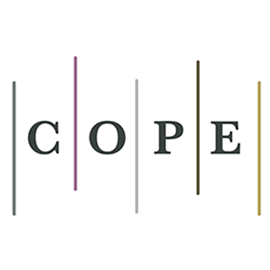You are in: South America
Change location
You are here
Read this page in English | Read this page in Simplified Chinese
Your Paper and Peer Review
Upon submission to a Sage Journal, your paper enters peer review, where “peers” evaluate the quality of your work. Reviewers aim to ensure the work is rigorous, coherent, uses existing research, and contributes to the discipline.
Learn more about the types of peer review.
Download this infographic, which provides a visual journey of your paper’s process from submission to peer review. This path is also described below.

Resources to help prepare your manuscript for submission:
How to Get Published Resources, including our helpful guide, videos, and informative webinar
Sage Campus online courses on getting published
Initial review
Upon submission, the journal editor will first look at your manuscript to:
-
Check that it meets the aims & scope of the journal
-
Ensure that it complies with the submission guidelines
-
Conduct a brief scientific/methods check
After the initial check, one of three things may happen:
- Unsubmit: If the paper contains errors that are minor and can be easily rectified, the editor may request the author fix formatting or missing information before re-submitting.
- Desk reject: The paper is rejected before making it to the peer review stage. This means the editor thinks it is unlikely that the paper will proceed to publication in that journal. Depending on the reason for the desk reject, an author may want to find a different journal to submit to or rewrite the paper and submit again.
- Editor invites reviewers: If the paper passes the editor check, then an invitation will go out to one or more reviewers until a reviewer accepts the paper for peer review. Most journals require at least two external peer reviewers on a manuscript.

How to avoid a desk reject:
Choose the right journal: Use our Journal Recommender
Receive support with writing and formatting: Learn more about Sage Author Services
Carefully check the submissions guidelines on the journal’s home page
Reviewer conducts review and makes a recommendation
The time spent in review is unique to each paper, ranging from a few weeks to several months, depending on submission quality and reviewer availability. Log in to the manuscript submission site to check the status of your paper.
Once the review is complete, reviewers usually make one of three recommendations to the editor about the submission:
- Reject the paper
- Accept as is (this is rare)
- Recommends revisions, either major or minor
Note that the editor will make the final decision to accept or reject, based on the reviewer’s recommendation and their own feedback. Rejection is a normal part of academia and rates can be very high, so if your paper is rejected know you are not alone. Carefully consider the reviewer’s comments in order to determine what your options may be for rewriting or resubmitting your paper.
Learn more about what reviewers look for
Author revisions
In most cases, a provisionally accepted paper will be returned for major or minor revisions. The author will revise and should respond to all editor and reviewer comments. For guidance, use the Author Response to Reviewers Template. The revisions process may be repeated until the editor can make an informed decision whether to accept the paper. Rejection may still occur, even after several rounds of revision if the comments are not adequately addressed.
Subsequent review
An editor may call upon peer reviewers to review revisions to ensure comments have been addressed. Occasionally, new expert referees will be invited to review subsequent drafts, in which case the paper will go through another round of peer review. While reviewers provide recommendations, the editor makes the final decision of acceptance.
Paper accepted
If your paper has been accepted, congratulations! Find out more about what to expect upon acceptance and publication.
Quick Links
- Contact Us
- Journal Author FAQs
- Sign in/Register
- Sage Chinese Author Gateway
- Top Reasons to Publish with Sage
- Author Timeline
- Impact Factor & Ranking Results
- Conferences and Events
- Sage Choice
- Sage Discipline Hubs
- How to Get Published Resources
- How to Do Research and Get Published Webinar
- Manuscript Submission Guidelines
- Sage Author Services
- Your Paper and Peer Review
- Special Issues
- What is Peer Review?
- Reviewer Rewards
- Ethics and Responsibility
- How to Review Articles
Follow Sage on WeChat


